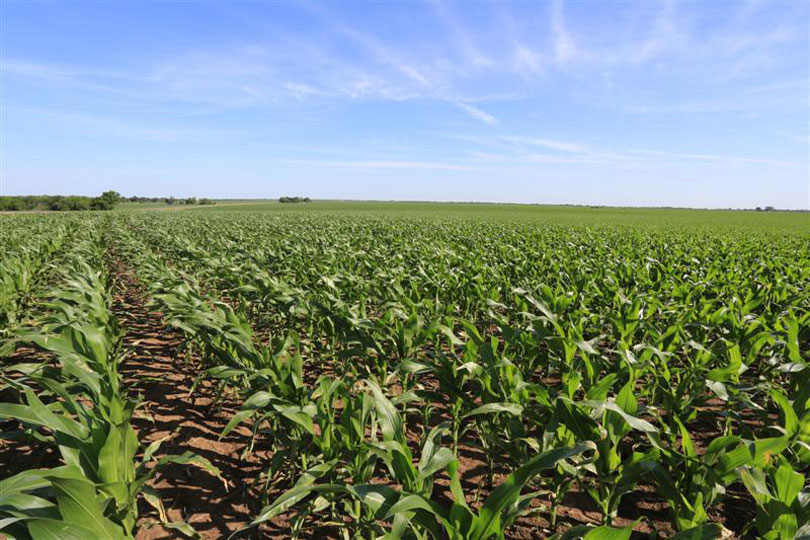By Jessica Domel
Multimedia Reporter
The Senate Committee on Agriculture, Forestry and Nutrition unveiled its draft of the 2018 Farm Bill this morning.
The Agriculture Improvement Act of 2018 builds upon the 2014 Farm Bill and calls for few changes to Title 1 and the crop insurance segments of the bill.
It provides certainty and predictability to American farmers, ranchers and consumers, senior committee staff report.
“Whether it’s low prices, over burdensome regulations or unpredictable trade markets, it’s no secret that farmers and ranchers are struggling,” Committee Chairman Pat Roberts said. “That’s why we need a farm bill that works for all producers across all regions. Simply put, our producers need predictability, and that’s just what our bill provides.”
Title 1: Commodities
Farmers will still be able to pick either the Agriculture Risk Coverage (ARC) or Price Loss Coverage (PLC) program through Title 1 of the bill. If nothing is selected, ARC will be the default.
In the draft, ARC coverage would be based on the physical location of a farm, rather than where the farm is based, starting with the 2019 crop year.
The transitional yield under ARC would increase from 70 to 75 percent.
The adjusted gross income limit for farmers would be reduced by $200,000 in the bill to $700,000 per year.
The committee heard through farm bill meetings across the country farm data was not being used in the most effective manner, according to senior committee aides, so the bill calls for better use of the data.
The draft also calls for the use of data from the U.S. Department of Agriculture (USDA) Risk Management Agency (RMA) to calculate yields for ARC payments.
Through listening sessions, the committee heard the dairy industry’s requests for a better risk management program, committee aides said.
The Margin Protection Program (MPP) will be changed to Dairy Risk Coverage (DRC), which will be administered by the U.S. Secretary of Agriculture.
Through DRC, participating dairy farms would receive a payment when actual dairy production margins are less than the threshold levels for a dairy risk coverage payment.
Two coverage levels, $8.50 and $9, would be added. A 25 percent coverage requirement would be eliminated.
Title 2: Conservation
The draft calls for an increase of Conservation Reserve Program (CRP) acreage to 25 million acres.
It also directs the U.S. Secretary of Agriculture to allow landowners to submit applications for CRP on a continuous basis. Subject to availability, contracts could
be entered each fiscal year.
Unlike the House’s version of the farm bill, the Senate’s draft maintains the Conservation Stewardship Program (CSP) through 2023.
It authorizes conservation and soil health planning to be included in conservation activities.
The Environmental Quality Incentives Program (EQIP) is extended through 2023 in the draft. It limits contracts for wildlife practices at no more than 10 years, creates a minimum advanced payment amount for select producers and requires the advanced funds to be expended within 180 days or returned.
Title 3: Trade
The bill calls for stronger baseline spending for trade programs. It merges the Market Access program, the Foreign Market Development Cooperate Program, the Kika De La Garza Agricultural Fellowship Program and the Technical Assistance for Specialty Crops program.
The new combined program would be Priority Trade Promotion, Development and Assistance Program.
Title 4: Nutrition
Having a bipartisan bill is daunting, senior committee aides said, but they heard the need to do so loud and clear.
The draft calls for modernization of the Supplemental Nutrition Assistance Program (SNAP) verification. Unlike the House ag committee’s draft of the bill, it does not include work requirements for SNAP recipients.
According to committee aides, the senators focused on balancing food integrity and access and the positive public/private partnerships that strengthen work programs.
Paperwork reduction is also included.
“The 2018 bipartisan Senate farm bill goes a

